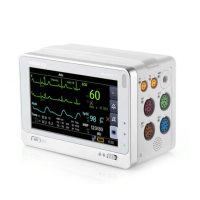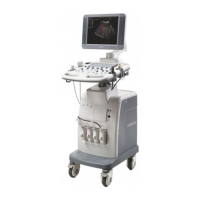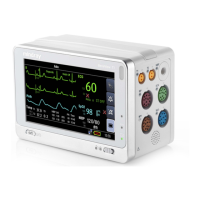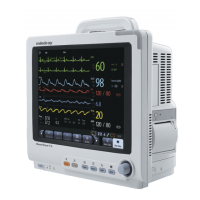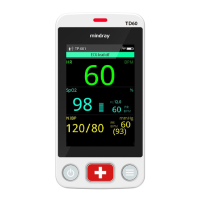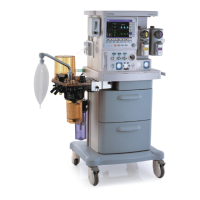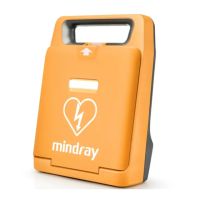Revision:1.0(2023–5–17)
80
Test Method and Acceptance Criteria
Test Method
1.
Immerse the acoustic head of the wireless probe into the
sink containing the sodium chloride solution with
concentration over 0.9%. The joint is immersed in the
sodium chloride solution, and the charging cable
connection point is 8 mm away from the water surface.
Connect the charging cable to the green terminal DUT PE
of the safety analyzer.
2. Put a piece of copper foil (with the area not less than 20
cm×10 cm) into sodium chloride solution sink, clamp the
copper foil with the clip of the lead wire, and connect the
other end to the RA end of the safety analyzer.
3. Turn on the AC power supply, and adjust the output value
to AC 264 V, 60 Hz.
4. Turn on the safety analyzer, set the anti-shock type to
class I , and the shock resistance to type BF.
5. Perform patient leakage current test and record the test
data.
Acceptance Criteria
• Patient leakage current Limits:
BF type: In normal conditions, the AC component is less
than or equal to 100 µA and the DC component is less
than or equal to 10 uA. In single fault condition, the AC
component is less than or equal to 500 µA and the DC
component is less than or equal to 50 uA.
Diagnostic Ultrasound System
Service Manual
8 Appendix

